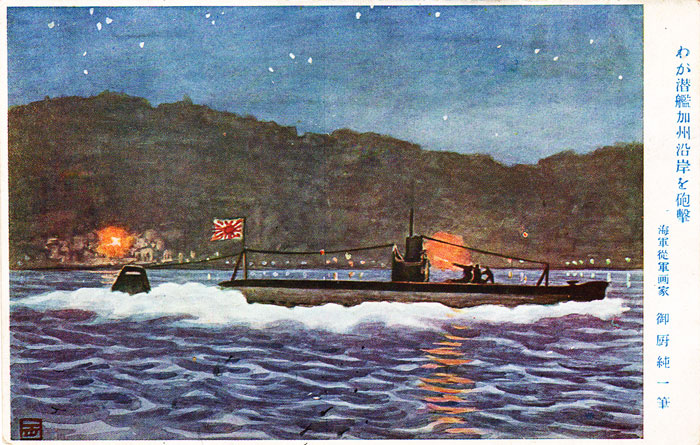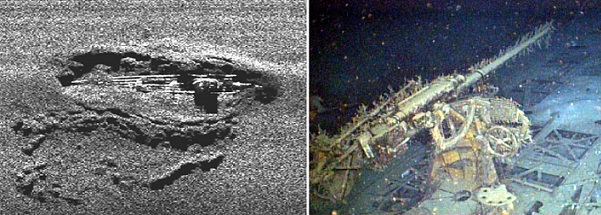The struggle for resources and the role of oil in war have defined modern civilization.
“Now, it cannot be stated too forcefully, American oil, which amounted in all to 6 billion barrels, out of a total of 7 billion barrels consumed by the Allies for the period of World War Two, brought victory! Without the prodigious delivery of oil from the U. S. this global war, quite frankly, could never have been won.” — Keith Miller in 2002 on the role of oil in war, History News.
Big Inch Pipelines of WW II
Two 1943 oil pipelines from Texas to the East Coast helped win World War II. The $95 million project called for construction of a 24 inches in diameter pipeline (Big Inch) from East Texas oilfields to Illinois. The accompanying pipeline with a 20-inch diameter — the Little Big Inch — would transport refined products as far as New York and Philadelphia. The Big Inch carried oil and the Little Big Inch carried gasoline, heating oil, diesel oil, and kerosene.
Confederates attack Oilfield
In perhaps the first raid on oil in war, in the spring of 1863 a regiment of Confederate cavalry attacked production and storage facilities at the prospering Union oil town of Burning Springs in what would soon become West Virginia. The rebel raiders destroyed equipment and thousands of barrels of oil.

A Japanese postcard from World War II commemorates the I-17’s shelling the Ellwood refinery and storage facilities north of Santa Barbara. Image courtesy John Geoghegan.
Japanese Sub attacks Oilfield
Soon after the start of World War II, a Japanese submarine attacked a refinery and oilfield near Los Angeles. The shelling caused little damage – but led to the largest mass sighting of UFOs in American history. It also was the first attack of the war on the continental United States.
Petroleum and Sea Power
The change from coal to oil-fired boilers at sea is another chapter of oil in war history. The U.S.S. Texas, commissioned in 1914, was the last American battleship built with coal-fired boilers. It converted to burn fuel oil in 1925 – resulting in a dramatic improvement in efficiency. The 1898 Spanish-American War had changed the U.S. Navy’s mind about continuing to use coal for fuel.

A 2001 archaeological survey by BP and Shell prior to construction of a natural gas pipeline confirmed discovery of U-166 about 45 miles off the Louisiana coast.
Petroleum Survey finds U-166
In 2001, an archaeological survey of the seafloor prior to construction of a natural gas pipeline led to the discovery of U-166 about 45 miles off the Louisiana coast. BP and Shell sponsored additional fieldwork to record detailed images.
PLUTO, Secret Pipelines of WW II
While the role of oil in war made headlines, new supplies needed to get to Allied armies To provide vital oil across the English Channel after the D-Day landings, within months secret pipelines were unwound from massive spools to reach French ports.
Roaring Ranger wins WW I
As World War I continued in Europe, the “Roaring Ranger” oilfield discovery well of October 1917 in Eastland County, Texas, revealed a giant oilfield that would help fuel the Allied victory. After more than three months of drilling, the J.H. McCleskey No. 1 well erupted a geyser of oil from a depth of 3,432 feet.

Volunteers from Noble Drilling and Fain-Porter Drilling companies in March 1943 secretly embarked on the HMS Queen Elizabeth for a United Kingdom oilfield.
Roughnecks of Sherwood Forest
As England fought for its survival during World Way II, a team of American oil drillers, derrickmen, roustabouts and motormen secretly boarded the converted troopship HMS Queen Elizabeth in March 1943. Once their story was revealed years later, they would become known as the roughnecks of Sherwood Forest.
_______________________________
The American Oil & Gas Historical Society (AOGHS) preserves U.S. petroleum history. Become an AOGHS annual supporting member and help maintain this energy education website and expand historical research. For more information, contact bawells@aoghs.org. © 2024 Bruce A. Wells.

